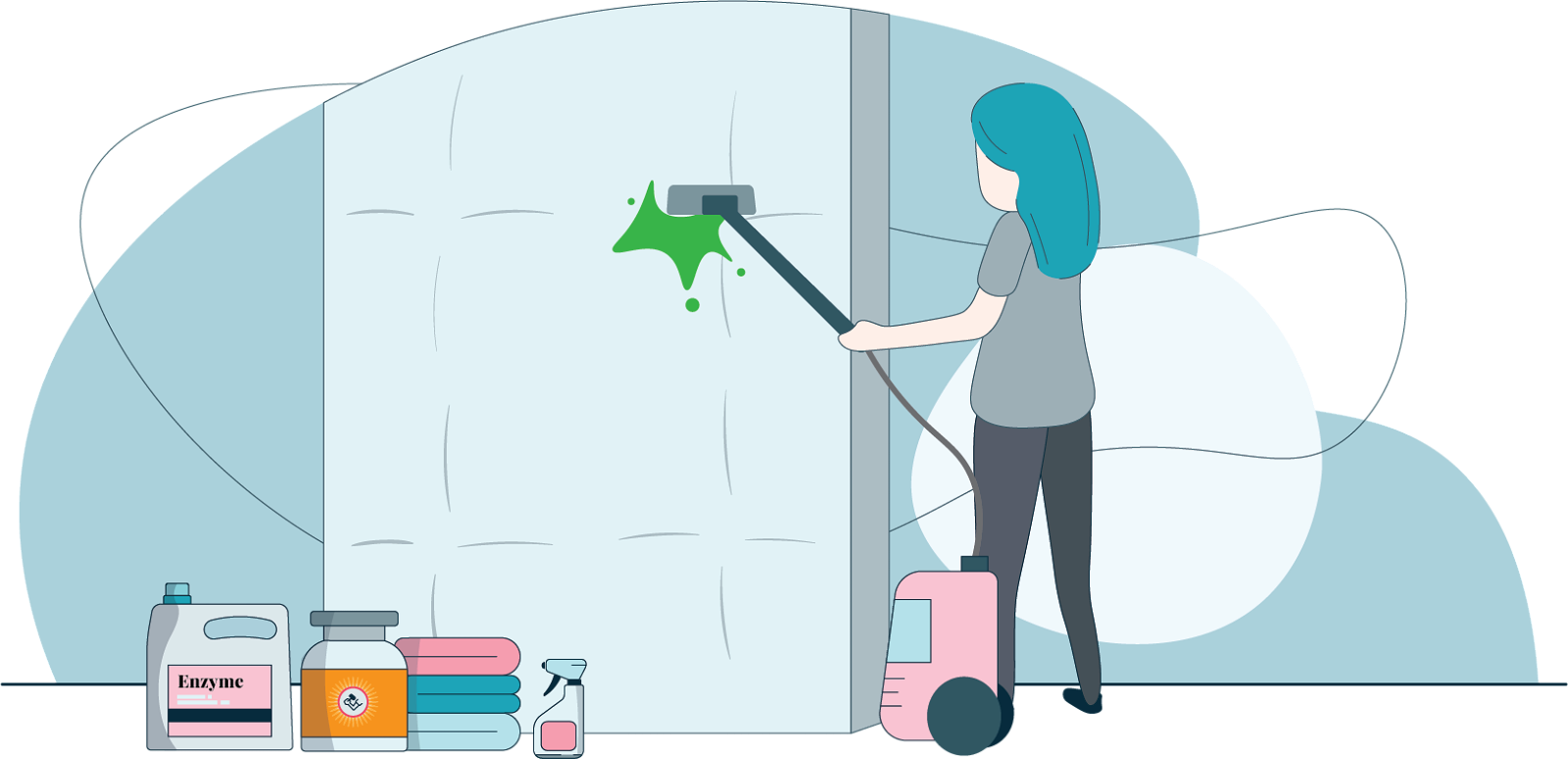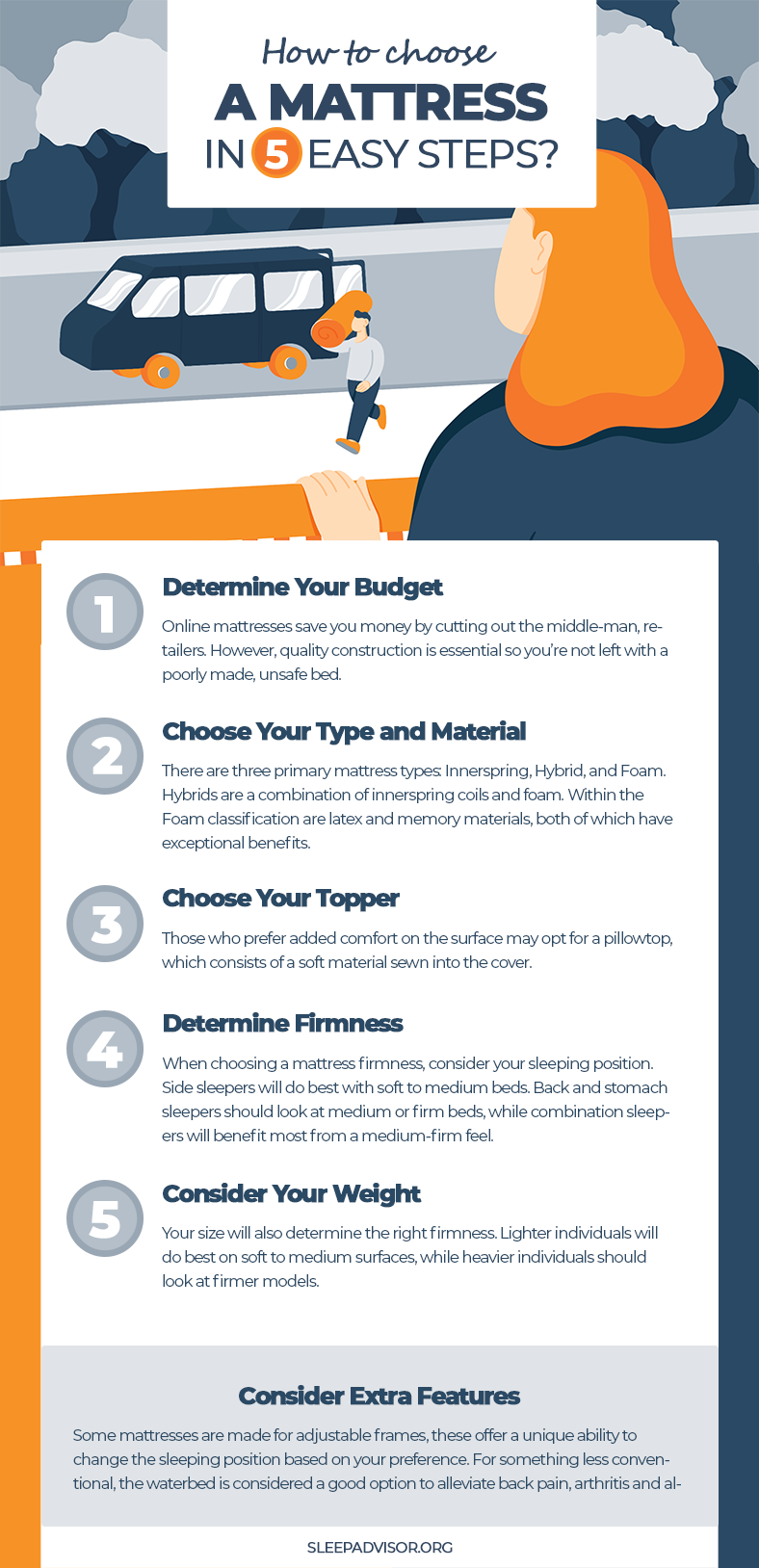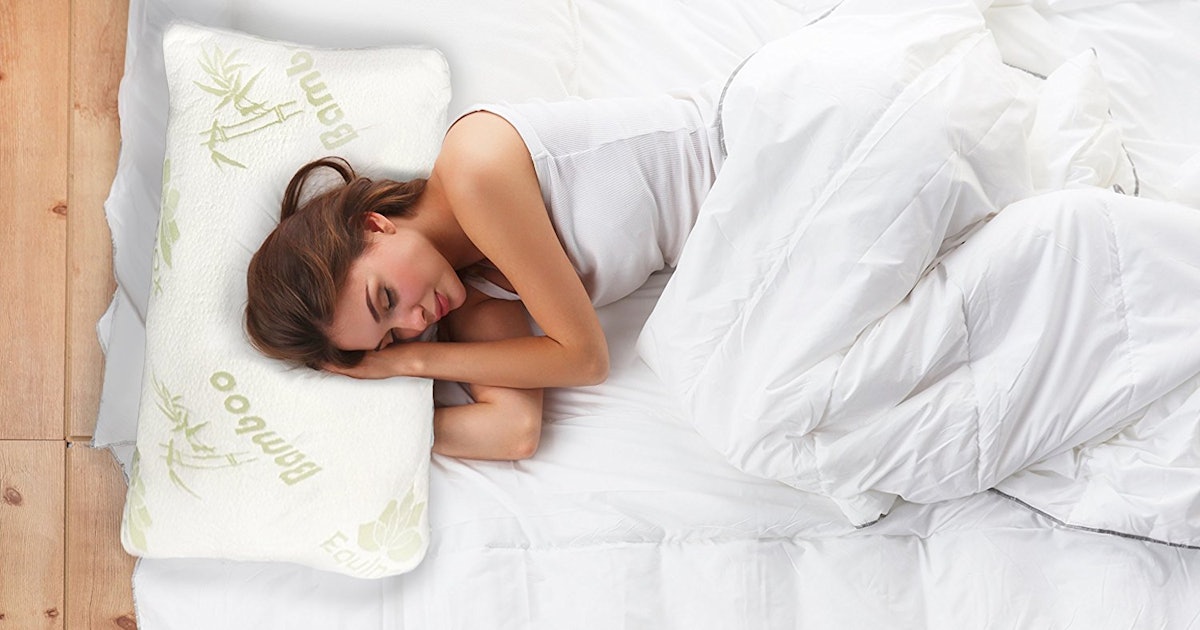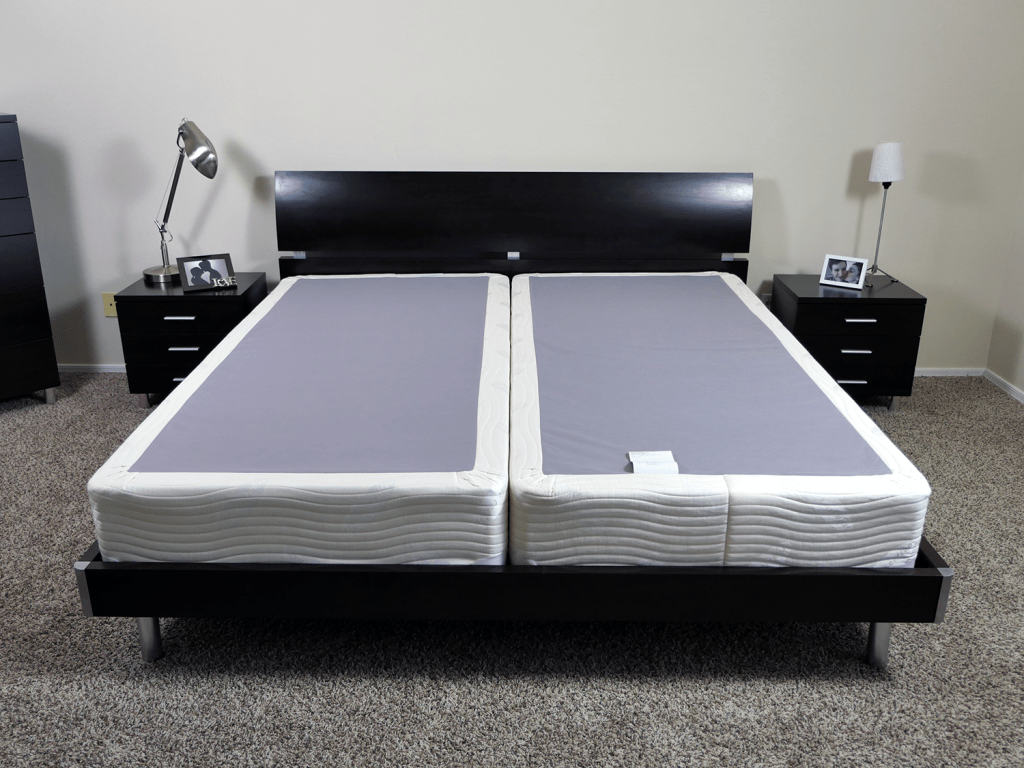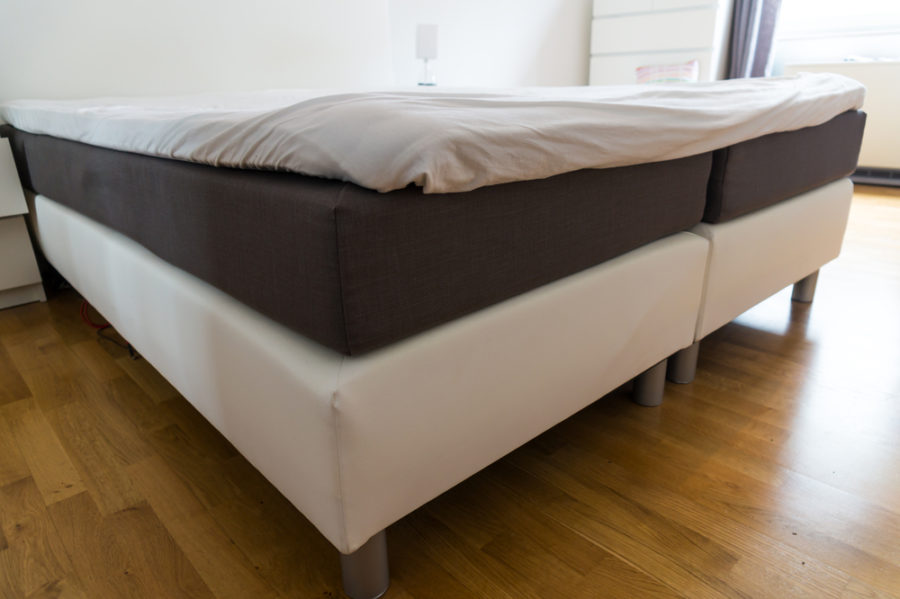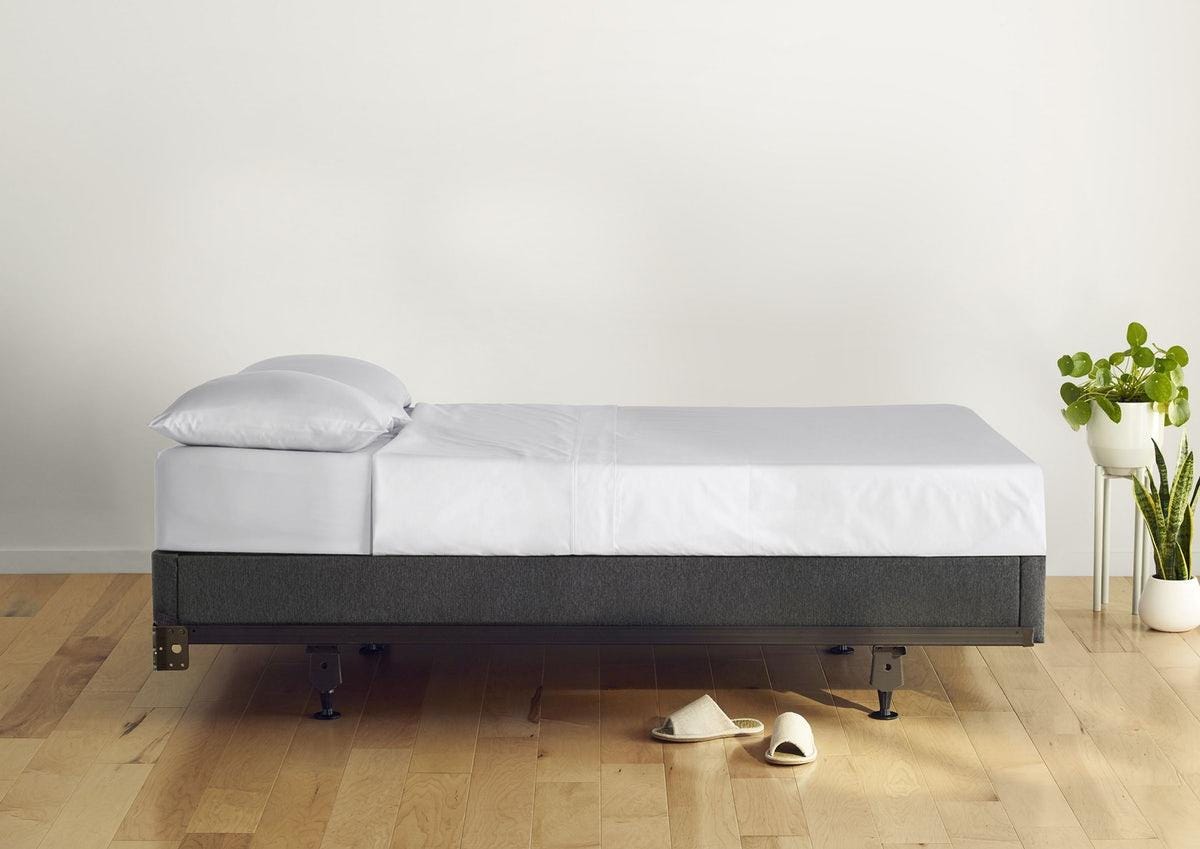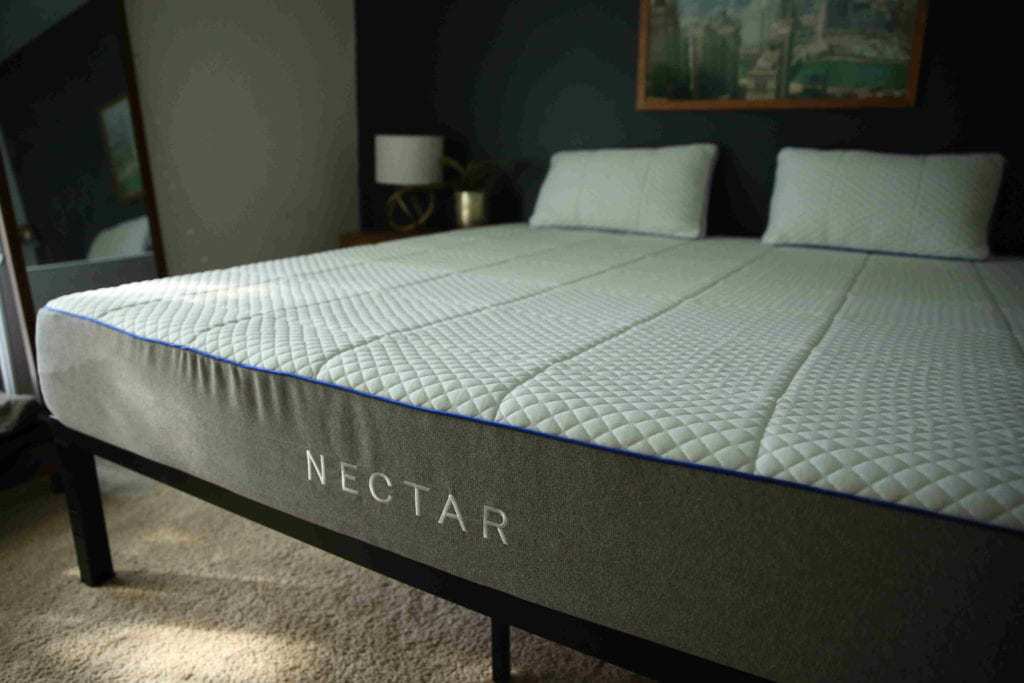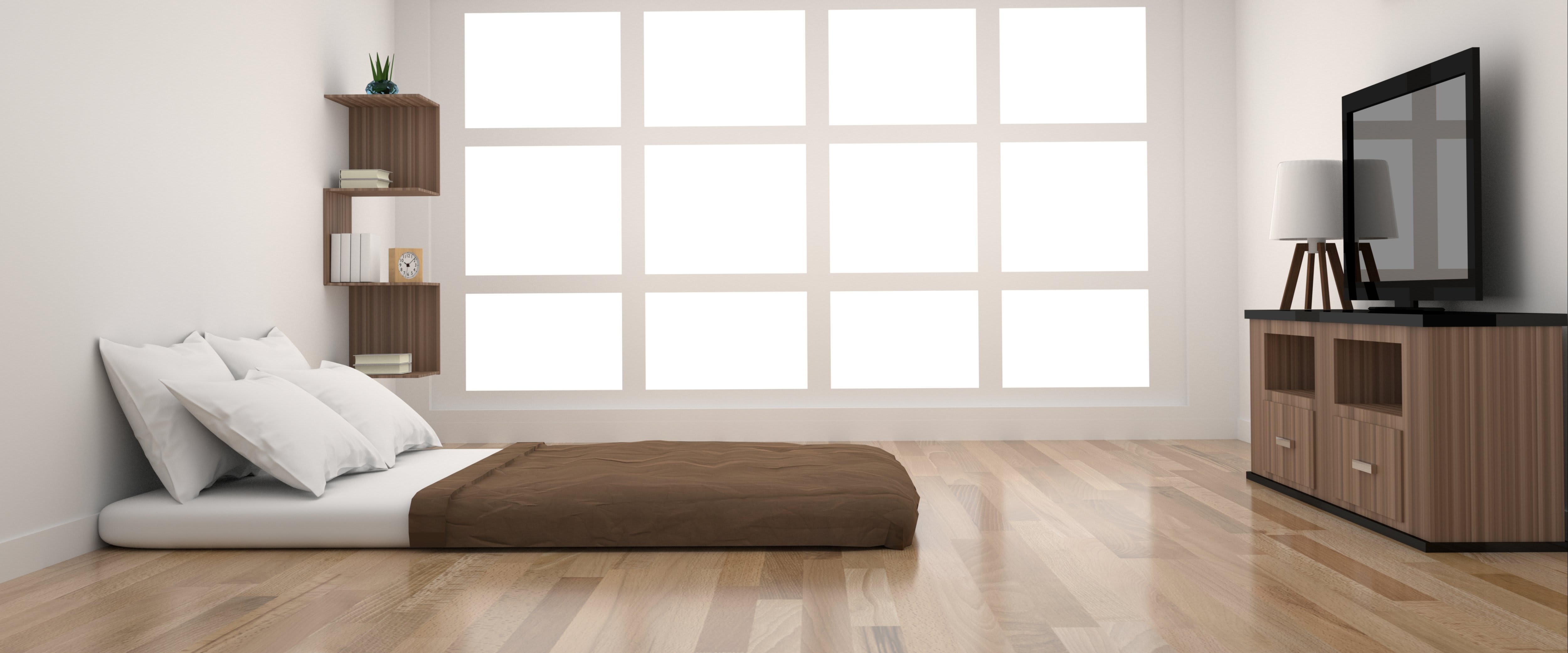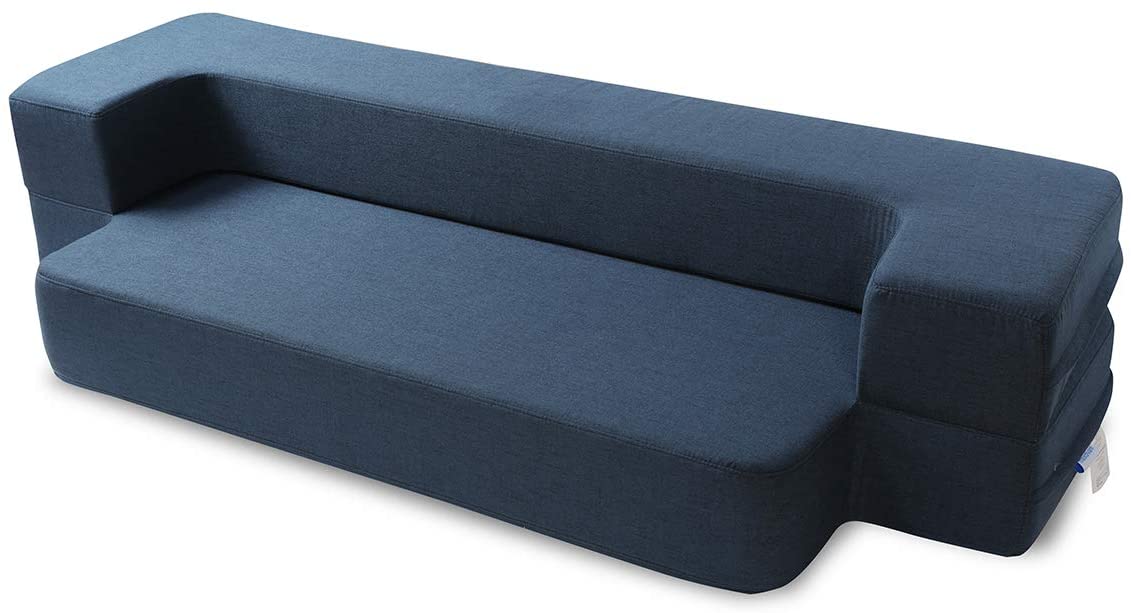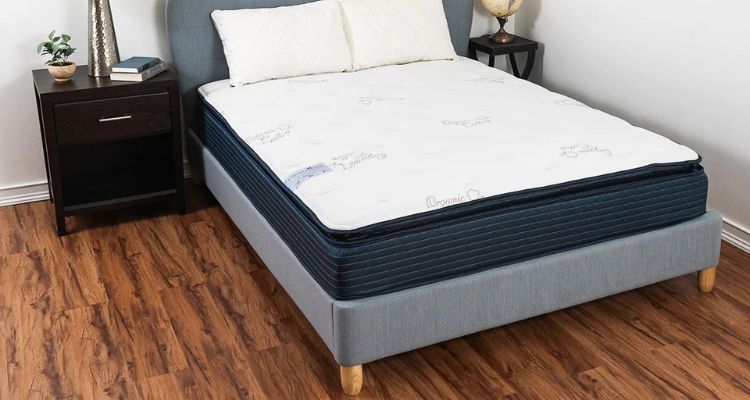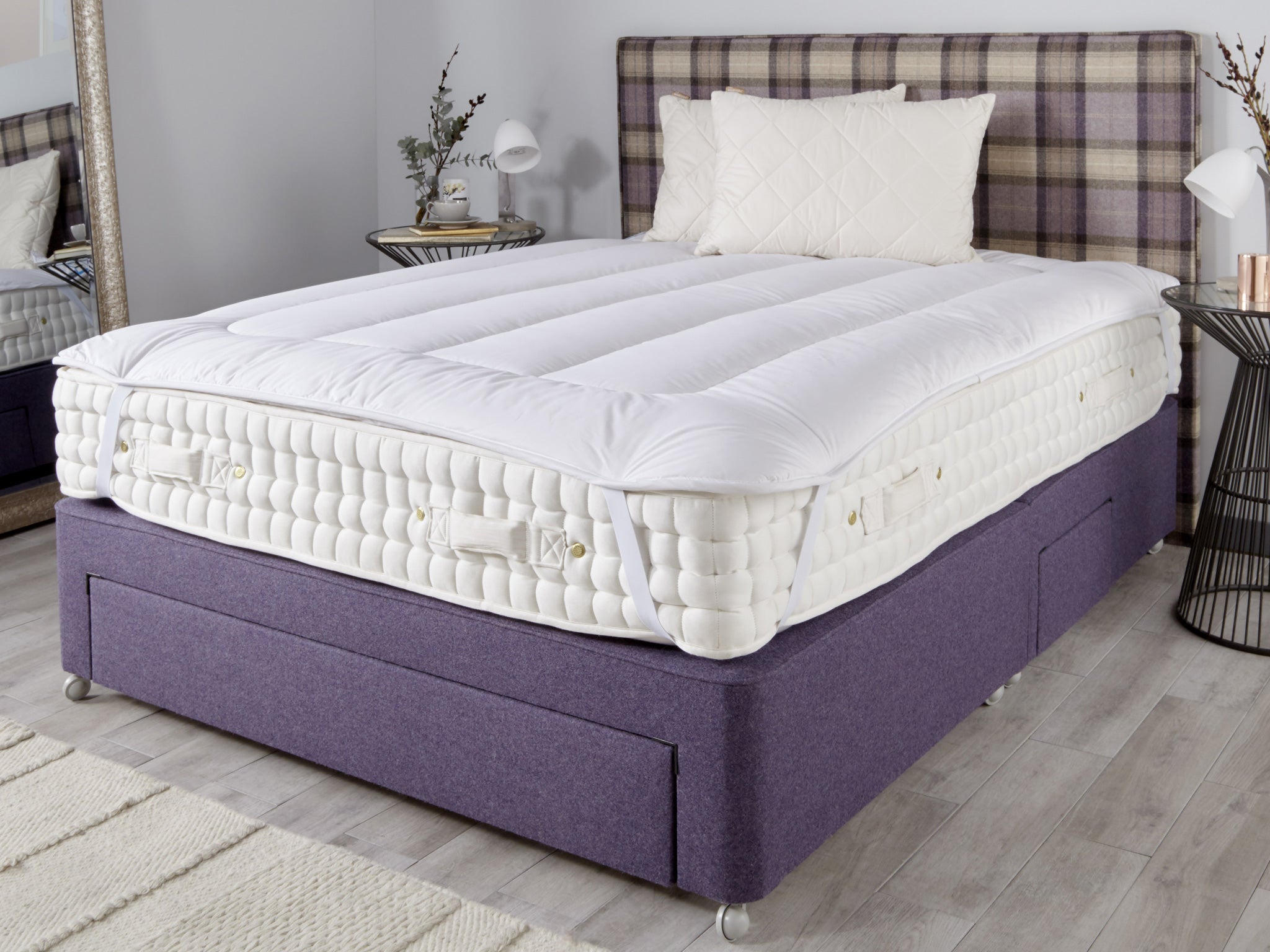Benefits of Putting a Foam Mattress on the Floor
Many people have started to ditch their traditional bed frames and opt for a more minimalist approach by putting their foam mattress directly on the floor. While this may seem unconventional, there are actually many benefits to sleeping on a foam mattress on the floor.
Improved Sleep Quality: Sleeping on a foam mattress on the floor can actually improve the quality of your sleep. This is because the firm surface of the floor provides better support for your body, allowing for more restful sleep.
Relief from Pain and Discomfort: If you suffer from back pain or joint discomfort, sleeping on a foam mattress on the floor can provide relief. The firmness of the floor can help to align your spine and alleviate pressure points, reducing pain and discomfort.
Better for Your Wallet: Not only is sleeping on a foam mattress on the floor better for your health, but it can also save you money. Traditional bed frames can be expensive, and by opting for a floor bed, you can eliminate this cost altogether.
Space-Saving: For those living in small apartments or rooms, putting a foam mattress on the floor can save valuable space. This allows for more room to move around and store other essential items in your living space.
Easy to Set Up: Unlike traditional bed frames, setting up a foam mattress on the floor is quick and easy. No tools or complicated instructions are needed, making it a convenient option for those who move frequently or need a temporary sleeping arrangement.
How to Properly Put a Foam Mattress on the Floor
While it may seem like a simple task, there are a few things to keep in mind when putting a foam mattress on the floor. Follow these steps to ensure a comfortable and safe sleeping experience:
Clean the Floor: Before placing your foam mattress on the floor, make sure the area is clean and free of any debris or sharp objects. This will prevent any damage to your mattress and ensure a hygienic sleeping environment.
Use a Mattress Protector: To protect your foam mattress from dirt, spills, and wear and tear, it's recommended to use a mattress protector. This will also make cleaning your mattress easier in the future.
Ensure Proper Ventilation: It's important to allow for proper air circulation under your foam mattress. This will prevent the build-up of moisture and potential mold growth. Placing your mattress on a slatted base or using a bed riser can help with ventilation.
Consider Adding a Rug or Mat: Sleeping directly on a hard floor can be uncomfortable for some. Consider adding a rug or mat under your foam mattress for added cushioning and comfort.
Rotate Your Mattress: To prevent uneven wear and sagging, it's important to rotate your foam mattress regularly. This will help to maintain its shape and extend its lifespan.
Why Sleeping on a Foam Mattress on the Floor is Good for Your Health
The benefits of sleeping on a foam mattress on the floor go beyond just improving sleep quality. Here are some ways it can benefit your overall health:
Better Posture: Sleeping on a firm surface, such as the floor, can help to improve your posture. This is because the lack of cushioning forces your body to maintain a more natural alignment, leading to better posture over time.
Increased Circulation: Traditional bed frames can sometimes restrict blood flow, especially if they have a solid base. By sleeping on a foam mattress on the floor, you can improve circulation and prevent numbness or tingling in your limbs.
Alleviates Allergies: Traditional mattresses can harbor dust mites and other allergens, leading to allergies and respiratory issues. A foam mattress on the floor eliminates this problem, as it is less likely to collect dust and other irritants.
Reduces Stress: The firmness of the floor can have a grounding effect on your body, helping to reduce stress and promote relaxation. This can lead to a deeper and more restful sleep, improving your overall physical and mental health.
Best Types of Foam Mattresses for Sleeping on the Floor
Not all foam mattresses are created equal, and some are better suited for sleeping on the floor than others. Here are some of the best types of foam mattresses to consider:
Memory Foam: Memory foam mattresses are known for their ability to conform to the shape of your body, providing excellent support and comfort. This makes them a popular choice for sleeping on the floor.
Latex Foam: Latex foam mattresses are made from natural materials and provide similar support and comfort to memory foam. They are also hypoallergenic and resistant to dust mites, making them a great option for those with allergies.
High-Density Foam: High-density foam mattresses are firmer and more durable than other types of foam mattresses. This makes them a good choice for those looking for a long-lasting floor bed.
Gel Foam: Gel foam mattresses combine the benefits of memory foam with the cooling properties of gel. This can be especially beneficial for hot sleepers who may find traditional foam mattresses too warm.
How to Make a DIY Bed Frame for a Foam Mattress on the Floor
If you prefer to have your foam mattress elevated off the floor, you can easily make a simple DIY bed frame. Here's what you'll need:
Materials: 4 wooden pallets, screws, a saw, and a drill.
Instructions:
1. Using the saw, cut two of the wooden pallets in half. These will be used as the two shorter sides of the bed frame.
2. Stack the four full pallets on top of each other to create the base of the bed frame.
3. Using the shorter halves of the pallets, attach them to the longer pallets using screws and a drill to create the head and foot of the bed frame.
4. Secure the pallets together with screws to ensure stability.
5. Place your foam mattress on top of the pallets, and your DIY bed frame is complete!
Pros and Cons of Sleeping on a Foam Mattress on the Floor
While there are many benefits to sleeping on a foam mattress on the floor, there are also some potential drawbacks to consider. Here are some pros and cons to help you make an informed decision:
Pros:
- Improved sleep quality and comfort
- Relief from pain and discomfort
- Space-saving and budget-friendly
- Easy to set up and no need for a traditional bed frame
- Can be beneficial for your health
Cons:
- May be too firm for some individuals
- Can be difficult to get in and out of, especially for those with mobility issues
- May not be suitable for those with allergies or respiratory issues
How to Keep Your Foam Mattress Clean When Sleeping on the Floor
Keeping your foam mattress clean when sleeping on the floor is essential for maintaining its quality and extending its lifespan. Here are some tips to keep your floor bed clean:
Use a Mattress Protector: As mentioned earlier, using a mattress protector can help to prevent dirt, spills, and wear and tear on your foam mattress.
Regularly Vacuum: Vacuuming your foam mattress can help to remove any dust or debris that may have accumulated. This is especially important if you have pets that may shed hair or dander.
Spot Clean Stains: If any spills or stains occur on your foam mattress, spot clean them immediately with a mild detergent and water. Avoid using harsh chemicals that may damage the foam.
Air it Out: Every few months, it's a good idea to air out your foam mattress by placing it in direct sunlight for a few hours. This will help to eliminate any odors and keep your mattress fresh.
Tips for Making a Foam Mattress on the Floor More Comfortable
If you find that sleeping on a foam mattress on the floor is too firm or uncomfortable, there are a few things you can do to make it more comfortable:
Add a Mattress Topper: A mattress topper can add an extra layer of cushioning to your foam mattress, making it more comfortable to sleep on. Look for a topper made from memory foam or other high-density foam for the best results.
Use Pillows for Support: Placing pillows under your head, knees, and other pressure points can help to provide extra support and make sleeping on the floor more comfortable.
Consider a Japanese Futon: Japanese futons are thin, foldable mattresses that are traditionally used on the floor. They are specifically designed for sleeping on the floor and can provide added comfort and support.
Experiment with Different Floor Surfaces: If you find that the floor surface you are sleeping on is too firm, try adding a rug or mat for extra cushioning. Alternatively, if the floor is too soft, try sleeping on a hard surface such as hardwood or tile.
Can You Use a Box Spring with a Foam Mattress on the Floor?
While it is possible to use a box spring with a foam mattress on the floor, it is not recommended. Box springs are designed to be used with traditional mattresses and may not provide the proper support for a foam mattress. Additionally, using a box spring may elevate your mattress too high off the floor, negating the benefits of sleeping on a floor bed.
Alternatives to Sleeping on a Foam Mattress on the Floor
If sleeping on a foam mattress on the floor doesn't sound appealing to you, there are some alternatives to consider:
Low-Profile Bed Frame: A low-profile bed frame can still provide the benefits of sleeping closer to the ground without sacrificing the comfort and support of a traditional mattress.
Platform Bed: A platform bed is a modern and minimalist alternative to a traditional bed frame. It typically has a low profile and can provide a similar sleeping experience to a floor bed.
Adjustable Bed Frame: An adjustable bed frame allows you to customize the angle of your head and feet, providing added comfort and support while still elevating your mattress off the floor.
Japanese Tatami Bed: Similar to a Japanese futon, a tatami bed is a low-profile bed that is designed specifically for sleeping on the floor. It usually consists of a wooden platform with a tatami mat on top.
Overall, sleeping on a foam mattress on the floor can have many benefits for your health, budget, and living space. With proper care and consideration, it can be a comfortable and practical sleeping arrangement. Consider the tips and alternatives mentioned above to find the best fit for your needs and preferences.
Benefits of Putting a Foam Mattress on the Floor

Transforming Your Bedroom with a Simple Change
 When it comes to designing your home, the bedroom is often the most overlooked space. Many people focus on the living room and kitchen, forgetting that the bedroom is where we spend a significant amount of time. However, with a few simple changes, you can transform your bedroom into a cozy and inviting space. One of these changes is putting a
foam mattress
on the floor instead of a traditional bed frame. Not only does it add a unique touch to your bedroom, but it also offers several benefits that you may not have considered before.
When it comes to designing your home, the bedroom is often the most overlooked space. Many people focus on the living room and kitchen, forgetting that the bedroom is where we spend a significant amount of time. However, with a few simple changes, you can transform your bedroom into a cozy and inviting space. One of these changes is putting a
foam mattress
on the floor instead of a traditional bed frame. Not only does it add a unique touch to your bedroom, but it also offers several benefits that you may not have considered before.
Maximizes Space
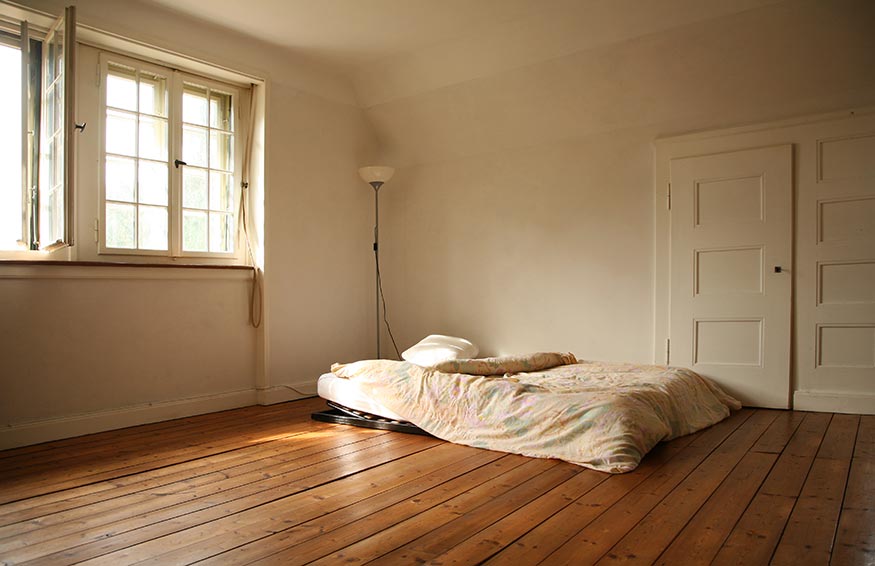 One of the main reasons people choose to put a
foam mattress
on the floor is to save space. With a traditional bed frame, a significant portion of the room is taken up by the frame and box spring. By eliminating these bulky pieces, you free up space to use for other purposes. This is especially useful for small bedrooms or studio apartments, where every inch of space counts. Plus, by having your mattress directly on the floor, you can utilize the space under the bed for storage, creating a more organized and clutter-free bedroom.
One of the main reasons people choose to put a
foam mattress
on the floor is to save space. With a traditional bed frame, a significant portion of the room is taken up by the frame and box spring. By eliminating these bulky pieces, you free up space to use for other purposes. This is especially useful for small bedrooms or studio apartments, where every inch of space counts. Plus, by having your mattress directly on the floor, you can utilize the space under the bed for storage, creating a more organized and clutter-free bedroom.
Creates a Cozy Atmosphere
 Another benefit of putting a
foam mattress
on the floor is that it creates a cozy and laid-back atmosphere in your bedroom. By removing the bed frame, your room instantly feels more relaxed and inviting. This is perfect for those who prefer a more minimalistic and bohemian style in their home. Plus, it's a great option for children's bedrooms, as it eliminates the risk of falling off a high bed and adds a playful touch to the room.
Another benefit of putting a
foam mattress
on the floor is that it creates a cozy and laid-back atmosphere in your bedroom. By removing the bed frame, your room instantly feels more relaxed and inviting. This is perfect for those who prefer a more minimalistic and bohemian style in their home. Plus, it's a great option for children's bedrooms, as it eliminates the risk of falling off a high bed and adds a playful touch to the room.
Budget-Friendly Option
 Traditional bed frames and mattresses can be expensive, especially if you're looking for high-quality options. However, by putting a
foam mattress
on the floor, you can save a significant amount of money. Foam mattresses are typically more affordable than traditional spring mattresses, and by eliminating the need for a bed frame, you save even more. This is a great option for those on a budget or for those looking to create a guest bedroom without breaking the bank.
Traditional bed frames and mattresses can be expensive, especially if you're looking for high-quality options. However, by putting a
foam mattress
on the floor, you can save a significant amount of money. Foam mattresses are typically more affordable than traditional spring mattresses, and by eliminating the need for a bed frame, you save even more. This is a great option for those on a budget or for those looking to create a guest bedroom without breaking the bank.
Easy Maintenance
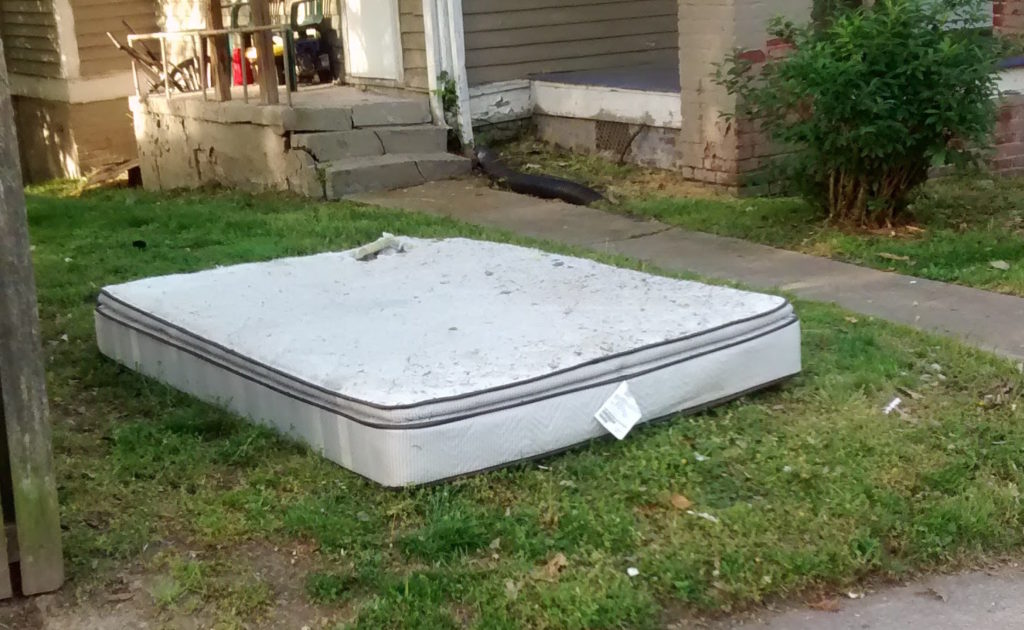 With a traditional bed frame, cleaning and changing the sheets can be a hassle. However, with a
foam mattress
on the floor, maintenance becomes quick and easy. You can simply remove the sheets and toss them in the washing machine without having to worry about lifting and moving a heavy mattress. Plus, with no bed frame to collect dust and debris, keeping your bedroom clean becomes a breeze.
In conclusion, putting a
foam mattress
on the floor offers a unique and practical solution for those looking to transform their bedroom. It maximizes space, creates a cozy atmosphere, is budget-friendly, and easy to maintain. So, the next time you're looking to spruce up your bedroom, consider ditching the traditional bed frame and opting for a more modern and versatile option.
With a traditional bed frame, cleaning and changing the sheets can be a hassle. However, with a
foam mattress
on the floor, maintenance becomes quick and easy. You can simply remove the sheets and toss them in the washing machine without having to worry about lifting and moving a heavy mattress. Plus, with no bed frame to collect dust and debris, keeping your bedroom clean becomes a breeze.
In conclusion, putting a
foam mattress
on the floor offers a unique and practical solution for those looking to transform their bedroom. It maximizes space, creates a cozy atmosphere, is budget-friendly, and easy to maintain. So, the next time you're looking to spruce up your bedroom, consider ditching the traditional bed frame and opting for a more modern and versatile option.



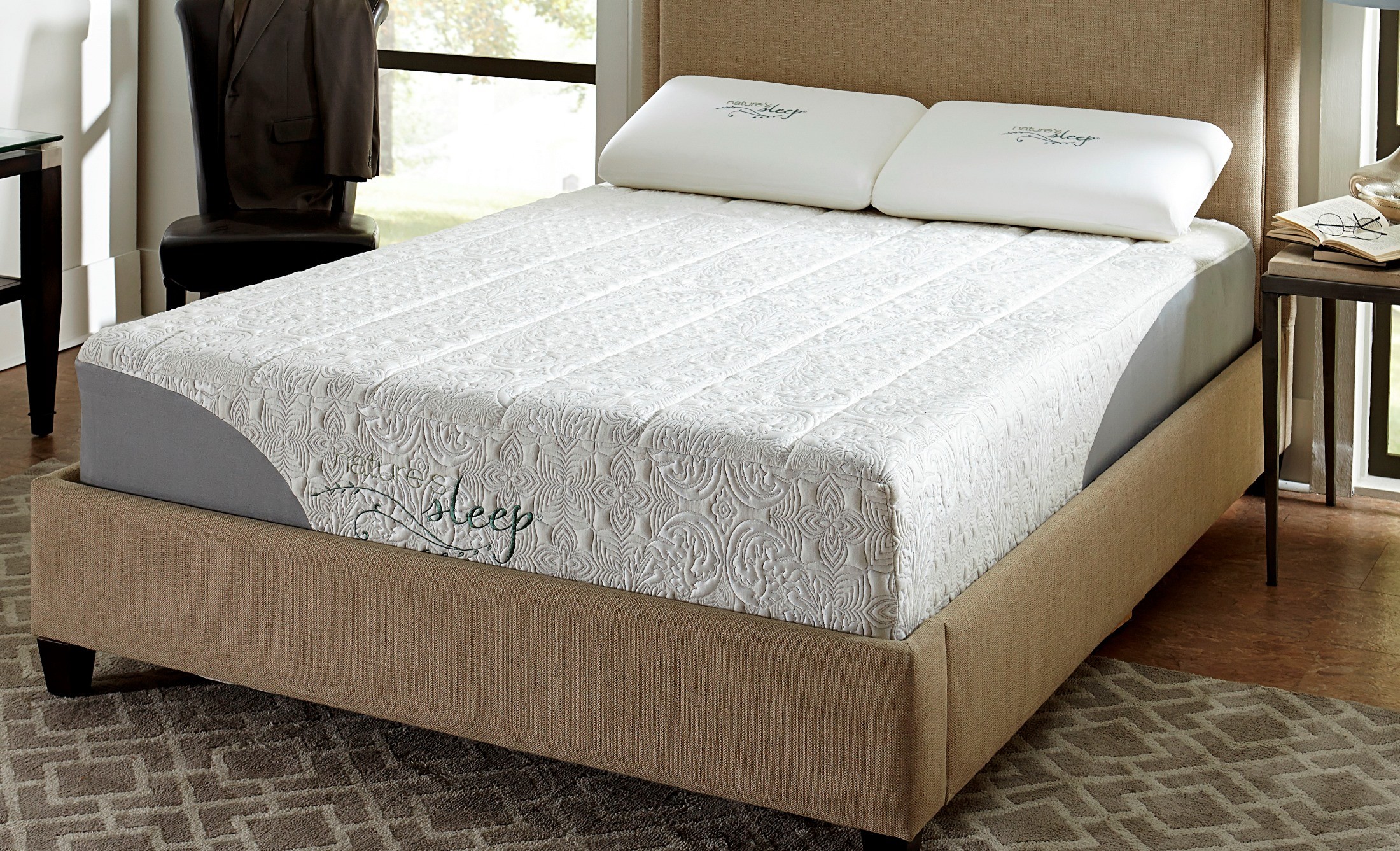


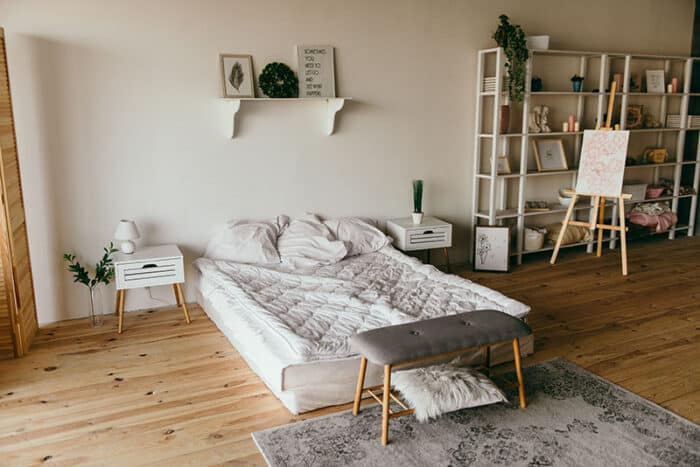
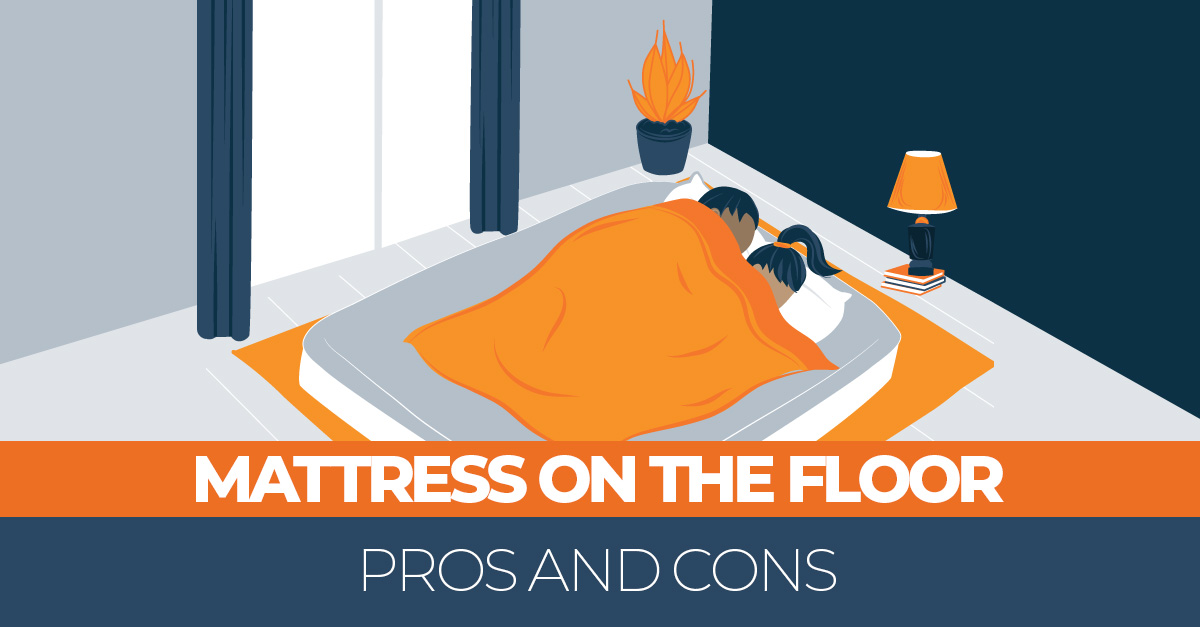
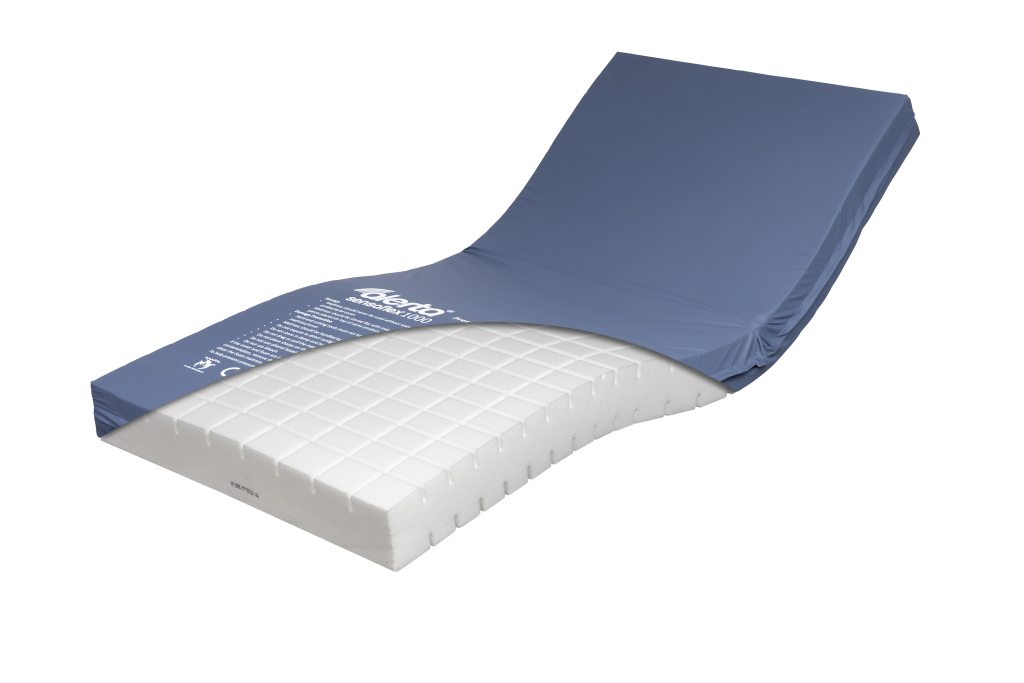







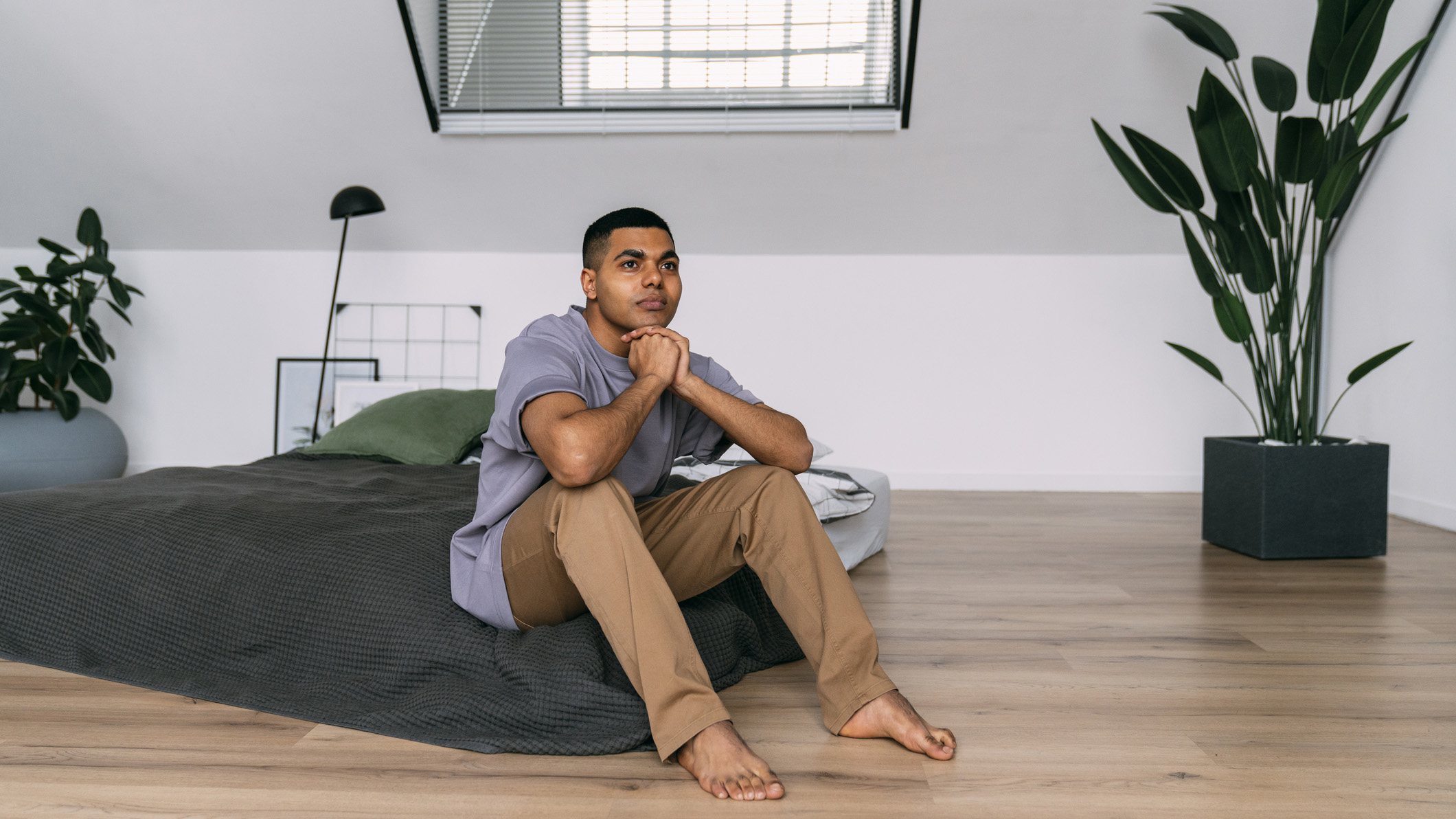
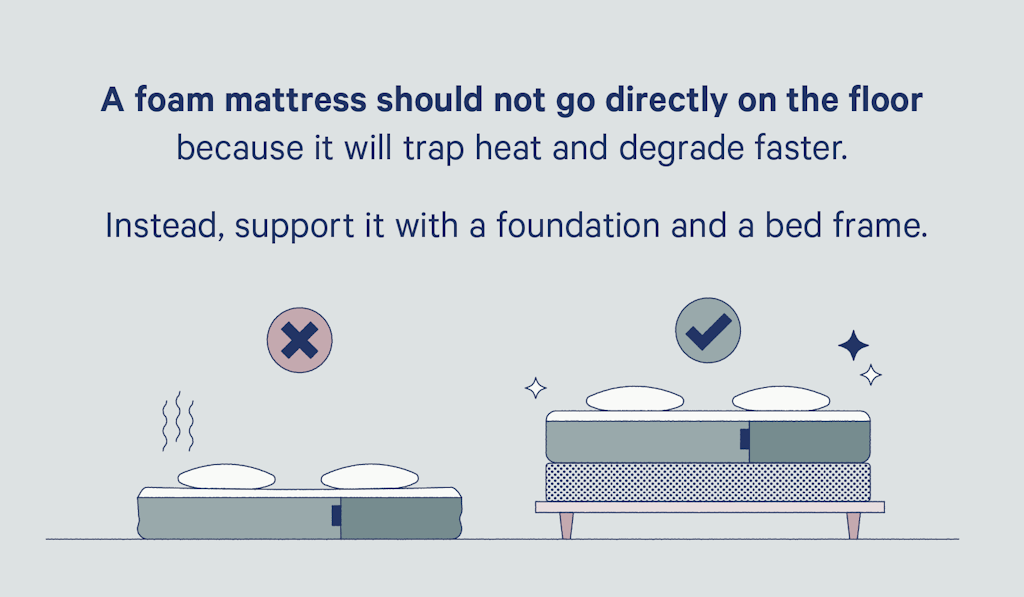
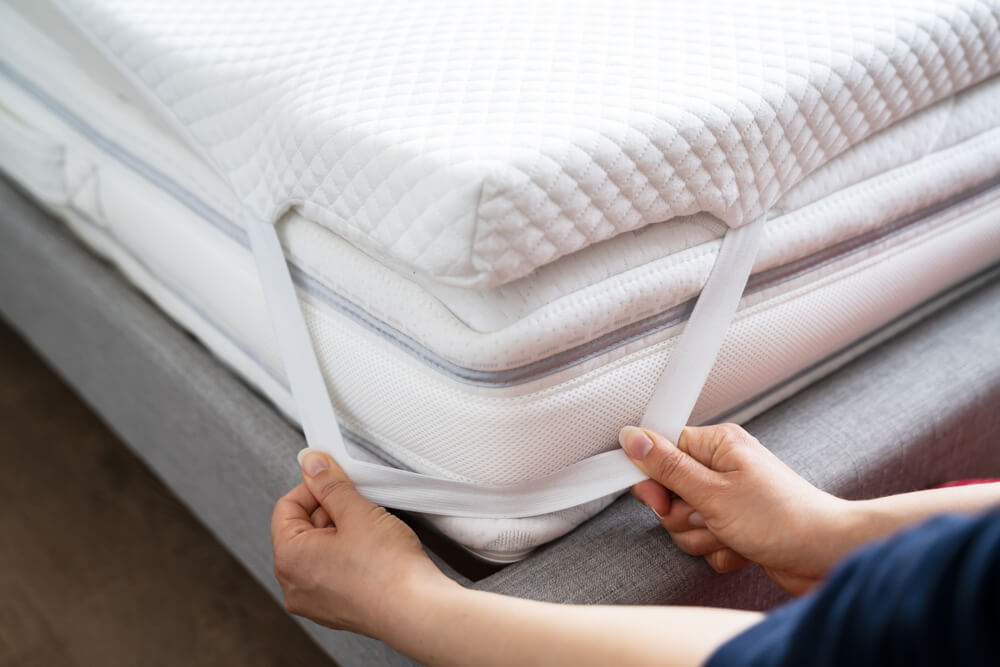











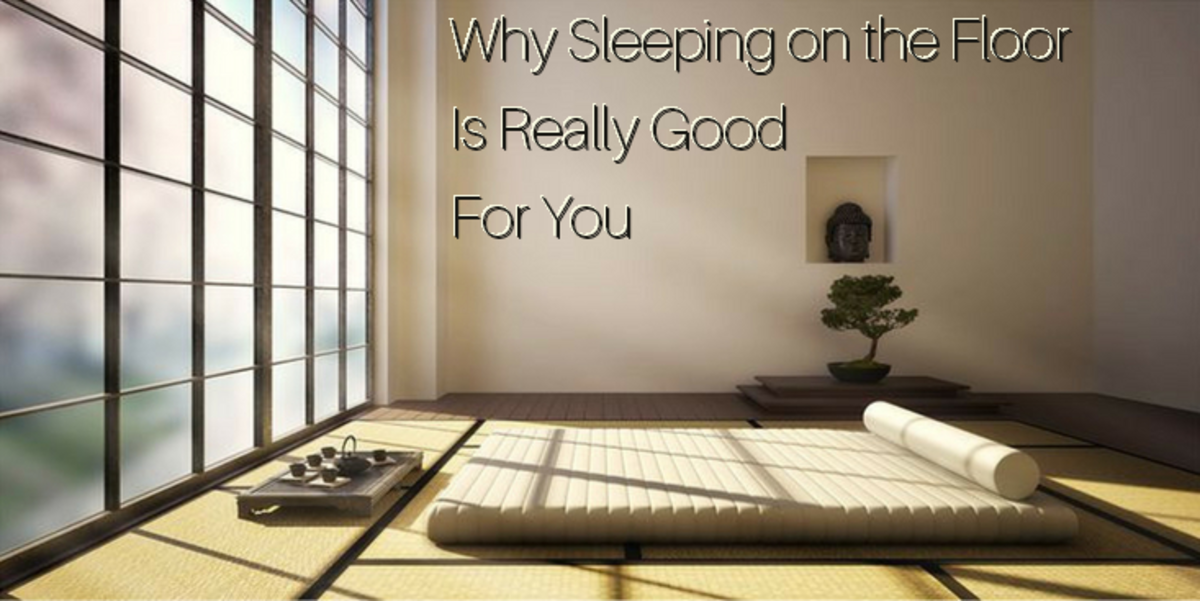

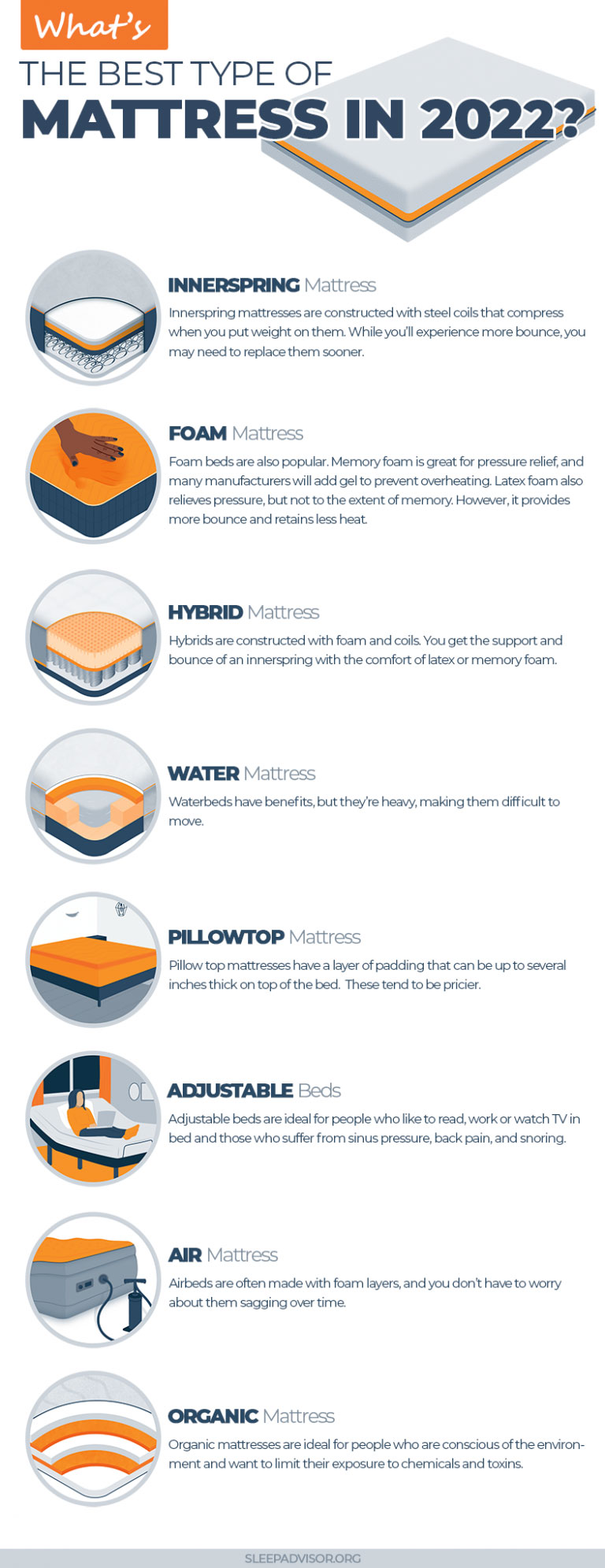




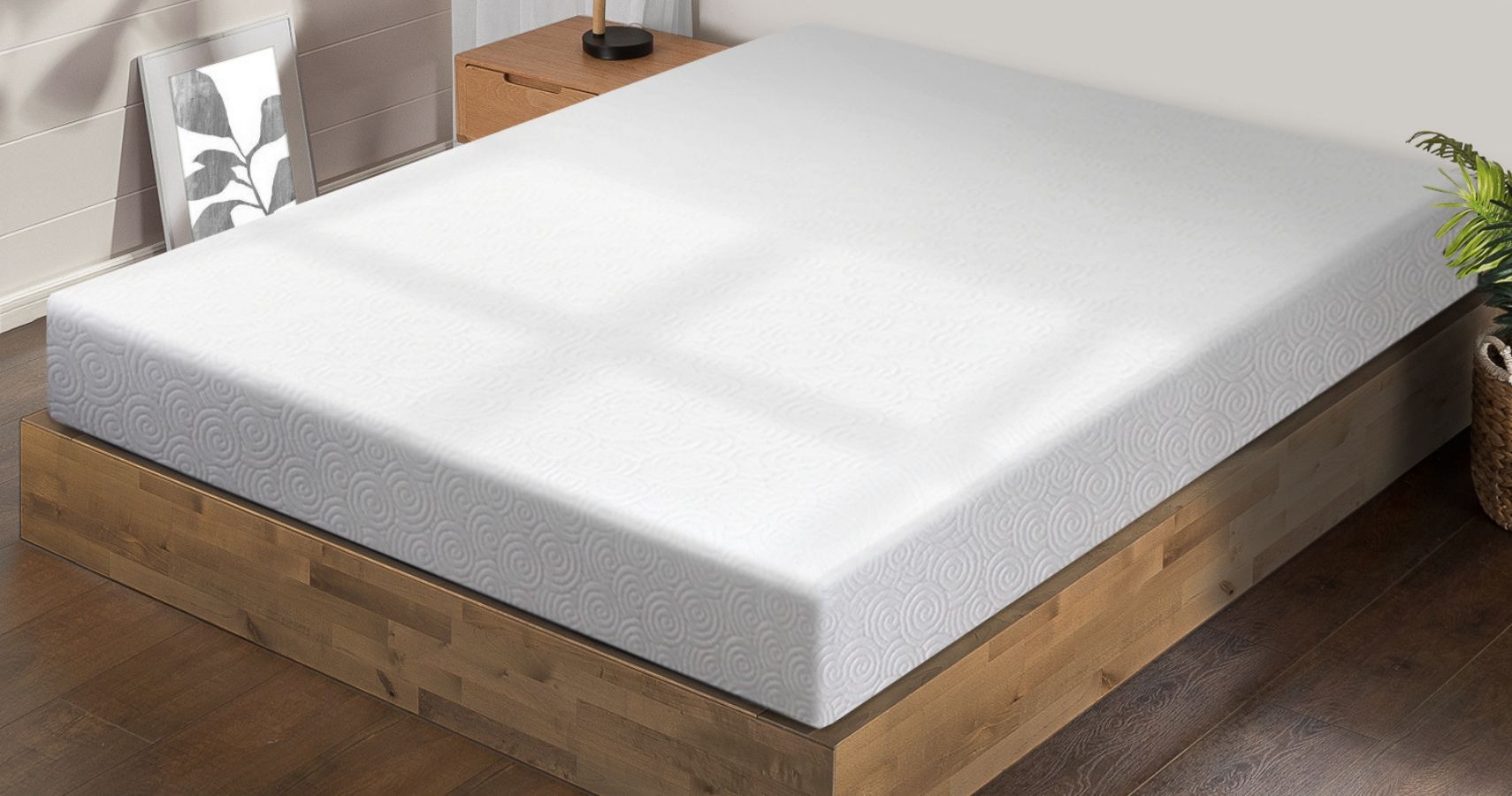
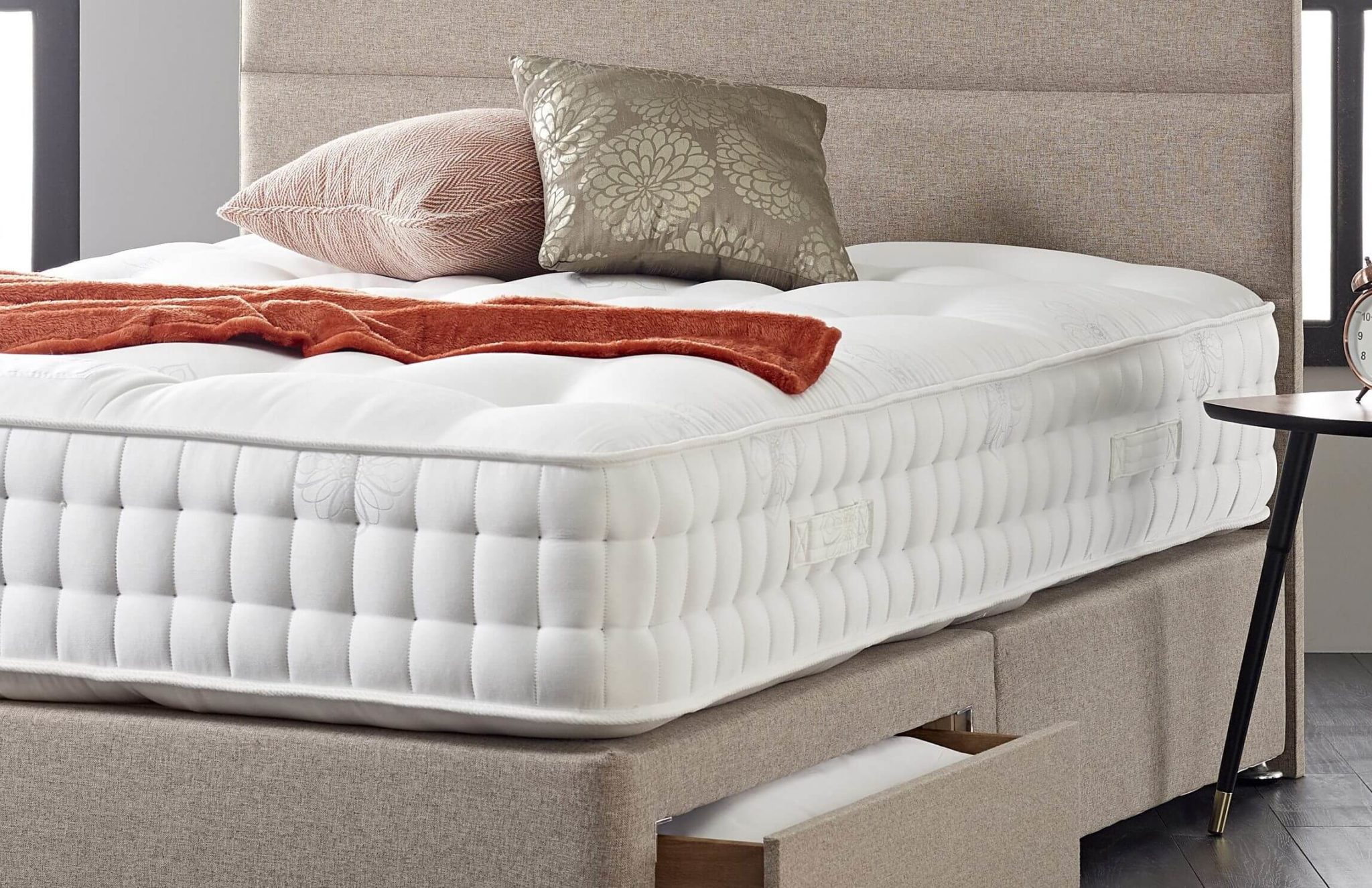






/diycandy-97114db35d884d62b464a51cd9e1e9f9.jpg)





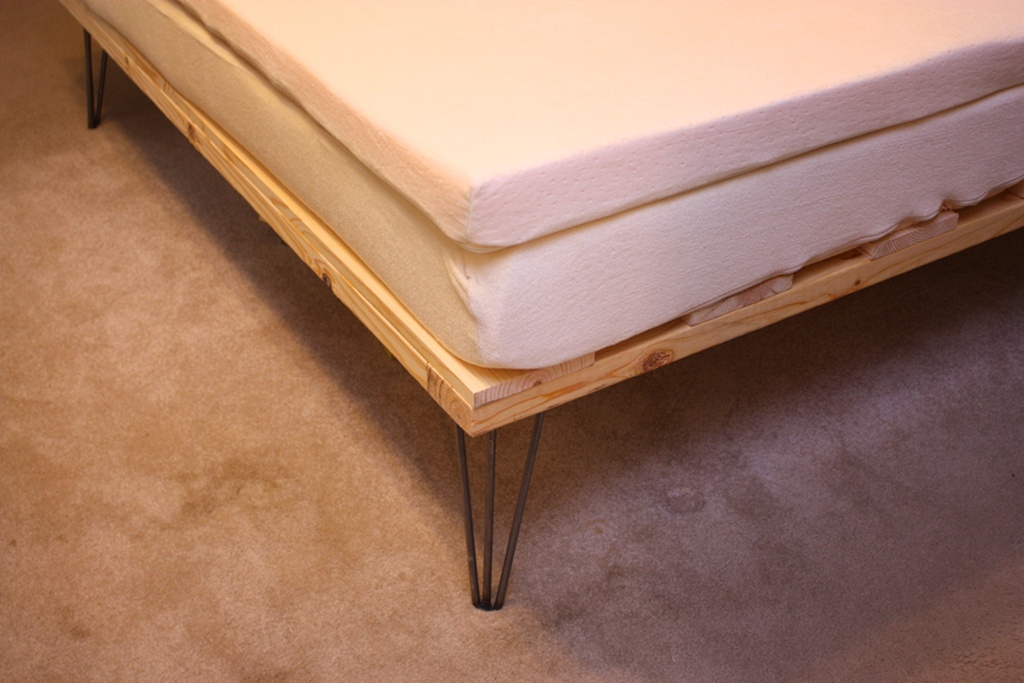







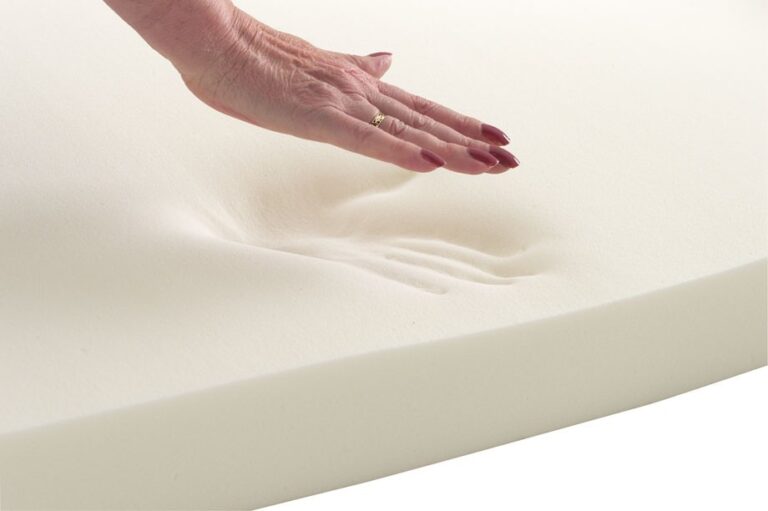
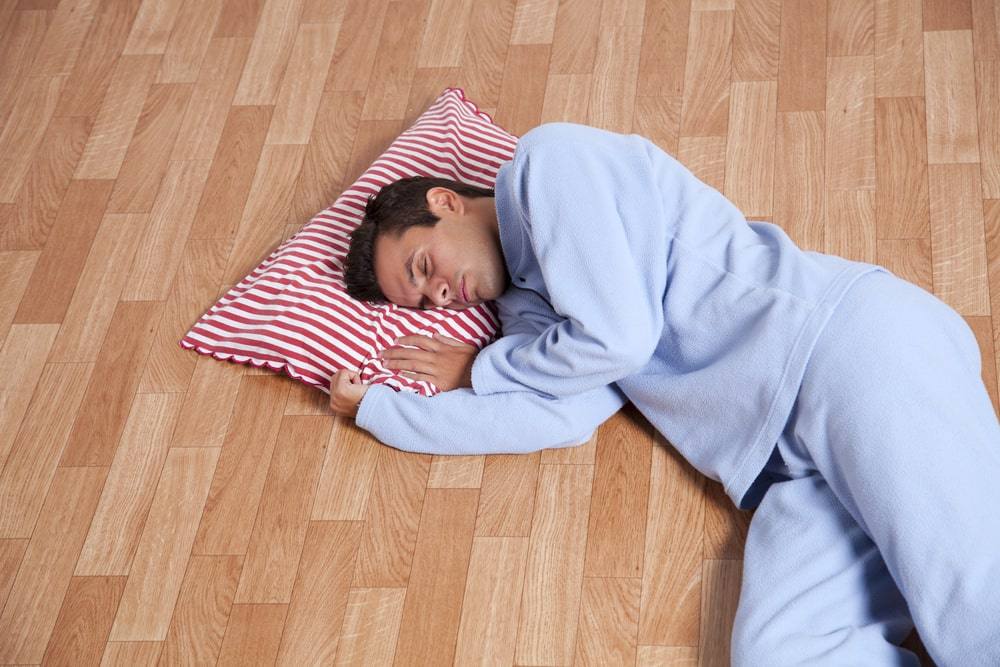


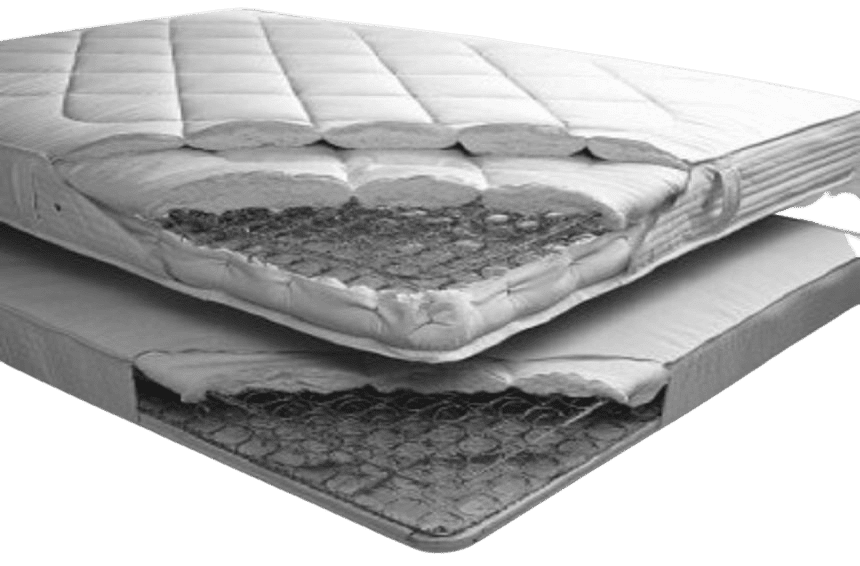


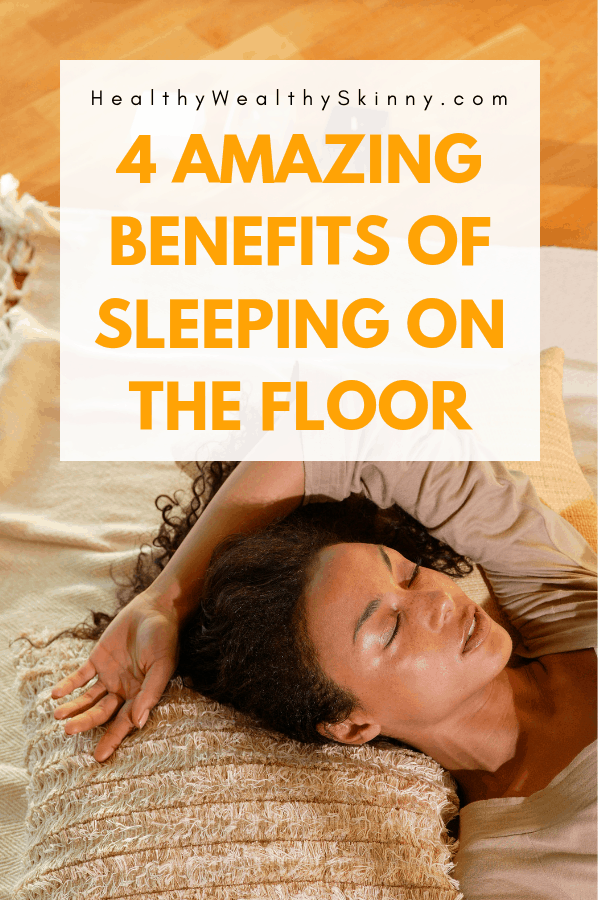



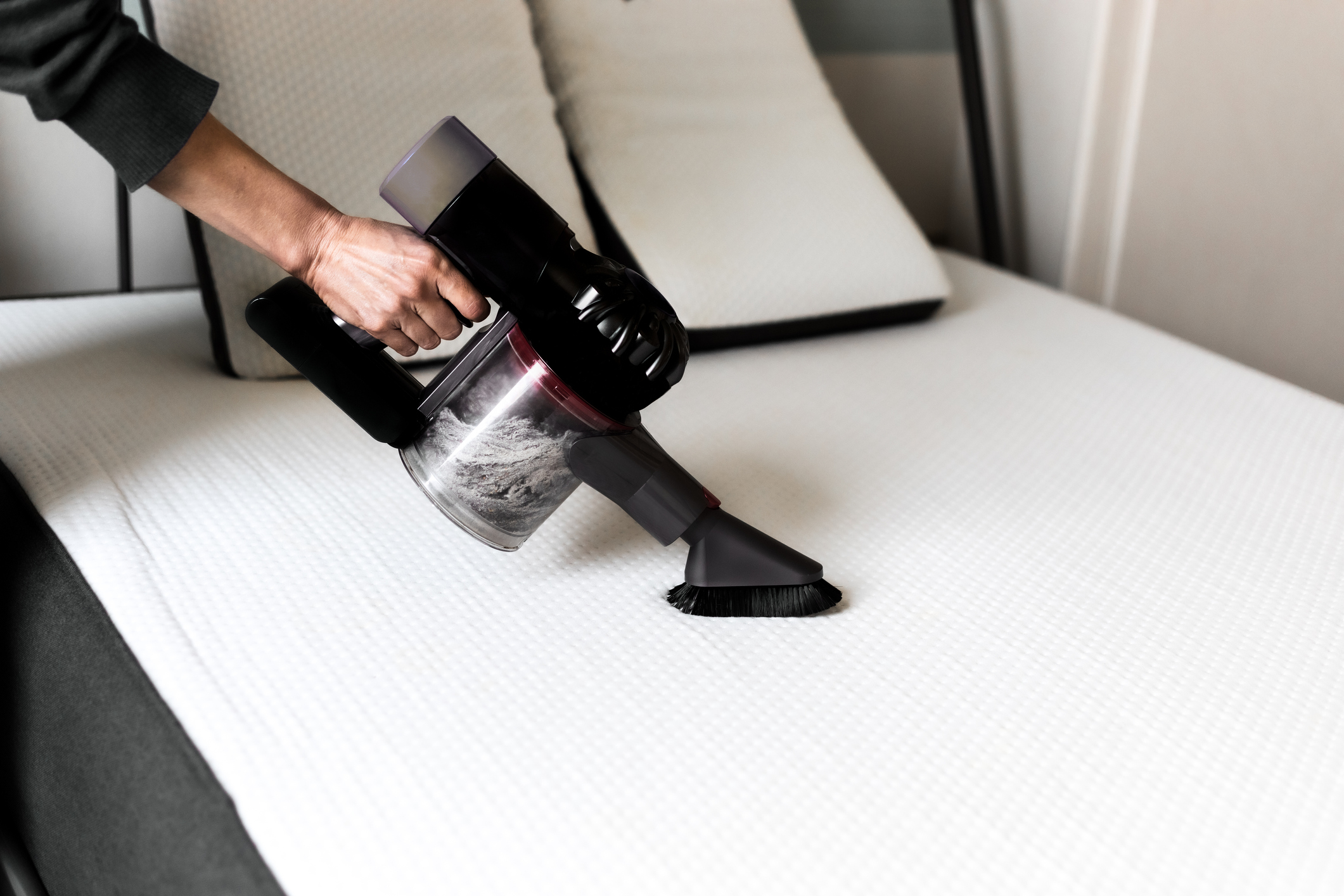



/Primary_Images-a885ad380d8b4cf693e1a2489fed2b51.jpg)

